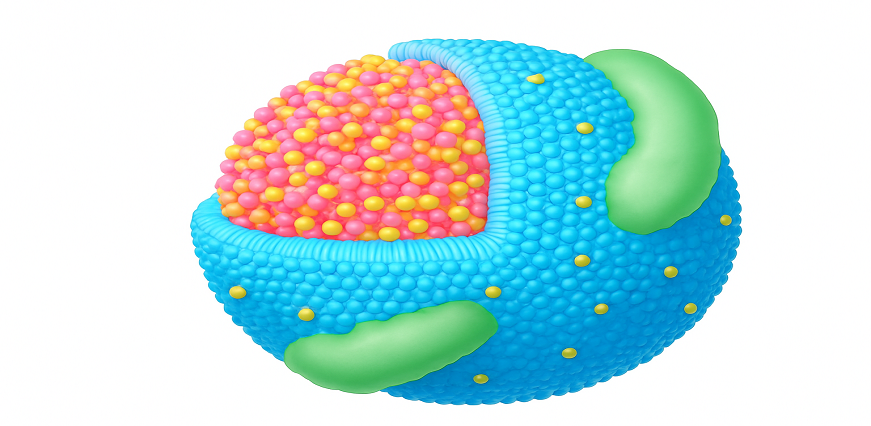Let’s be honest: when we hear the word “measles,” most of us think of red spots and maybe a few days off school. For many parents, it sounds like an old illness something from their childhood or their grandparents’ time. But the truth is, measles disease is still here, and it can do more harm than most people realise.
What exactly is measles?
At its core, measles is a viral infection caused by the measles virus, to be specific. It spreads through the air, which makes it one of the most contagious diseases known to us. If someone with measles sneezes or coughs, the virus can linger in the air for hours. That means anyone nearby can catch it without even touching them.
So yes, just breathing the same air can be enough.
That’s why outbreaks happen so quickly—especially in places where people haven’t been vaccinated.
Symptoms of Measles Disease
At first, it feels like a regular flu. A fever creeps in. The nose starts to run. The eyes get red and sensitive. Then comes the dry cough. It’s easy to mistake these for a cold or regular seasonal infection.
But by the fourth or fifth day, something changes.
A rash appears—starting near the ears or hairline and slowly spreading down the body. It’s patchy, red, and hard to miss. Some children get tiny white spots inside their mouth before the rash appears. These are called Koplik spots, and they’re one of the tell-tale signs of measles.
These are the typical measles symptoms:
- High fever
- Runny nose
- Red, watery eyes
- Dry cough
- Rash
- Tiny white spots in the mouth
Causes of Measles Disease
It’s a common question: “Measles is caused by what exactly?” The answer is straightforward—the measles virus, part of the morbillivirus family. Once it enters the body, it attacks the immune system, making the person more likely to pick up other infections.
In fact, measles can lower the body’s immune memory—meaning even if you had immunity to other diseases, measles can wipe that clean. It’s not just a skin rash. It hits deeper.
Different Types of Measles
People often mix up measles (rubeola) and German measles (rubella).
- Rubeola is the one we’re talking about here caused by the measles virus, and it’s far more serious.
- Rubella is milder but dangerous during pregnancy.
Complications of Measles Disease
Here’s the part most people overlook.
Measles isn’t always “mild.” It can lead to serious problems, especially in children under 5 or adults over 20.
The most common complication of measles is ear infection. But it doesn’t stop there.
It can also cause:
- Diarrhoea
- Pneumonia (which kills more people than measles itself)
- Brain swelling (encephalitis)
- Vision problems
- Long-term immune suppression
In short: measles weakens the body in more ways than one.
Treatment For Measles In Babies
Treatment for measles in infants is mostly supportive. There’s no “kill the virus” pill for measles. So the goal is to keep the child comfortable and prevent things from getting worse.
What helps:
- Fluids and rest
- Monitoring for complications
- Vitamin A supplements (especially in countries where deficiencies are common)
Prevention
You’ve probably heard the phrase “prevention is better than cure.” With measles, that’s not just true—it’s everything. Because once you have it, there’s no shortcut to recovery.
So when someone asks, “measles how to cure it?” the honest answer is: you don’t. The body does, over time, with rest and care.
But you can prevent it. And that’s where the MMR vaccine comes in.
A full two-dose course offers near-total protection. It’s given in childhood—first around 9–12 months and again at 15–18 months. If you missed it as a child, you can still get vaccinated as an adult.
It’s safe. It works. And it could save lives.
Conclusion
Measles disease isn’t something we can afford to take lightly. It’s not just about a rash or a fever. It’s about protecting those who can’t protect themselves like newborns or people with weak immune systems.













 7982100200
7982100200























 To reach our help desk call 9213188888
To reach our help desk call 9213188888.png)
Comments